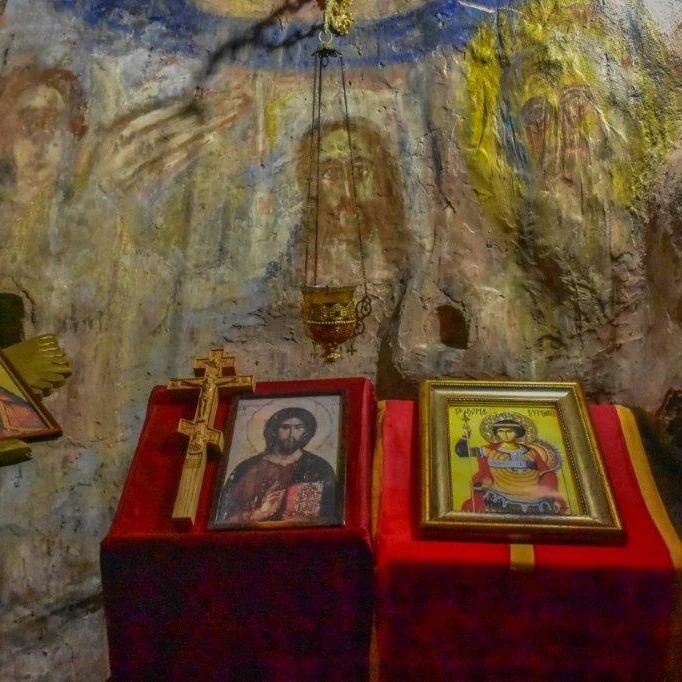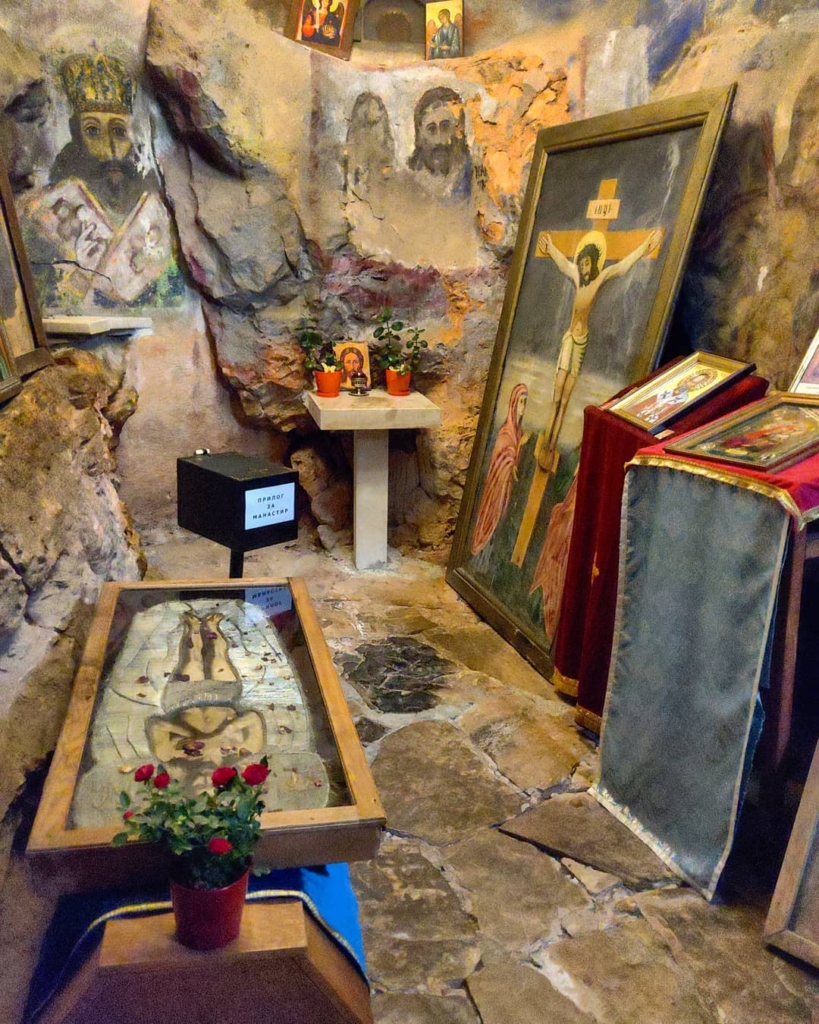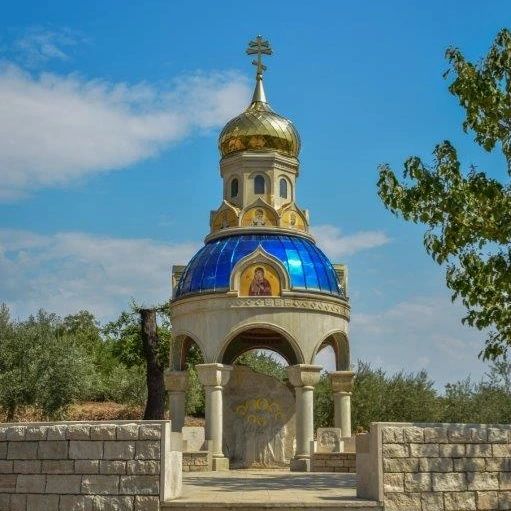Introduction
Within the bustling capital city of Montenegro, Podgorica, lies an unexpected haven of tranquility and spiritual heritage – the Dajbabe Monastery. Set amidst lush greenery, this unique Orthodox Christian sanctuary offers a serene retreat, steeped in centuries-old history and sacred significance.
A History Carved in Stone
The Dajbabe Monastery has a fascinating origin, shaped by the hands of both man and nature. The monastery was established in 1897, but the intriguing network of caves it incorporates has a much older tale to tell. These naturally formed caves, believed to have been used by hermits for solitude and prayer, were incorporated into the monastery structure, creating a unique blend of natural and human-made architecture.

The Dajbabe Monastery, situated between Podgorica and the Cijevna River, is a sacred site dedicated to the Ascension of the Holy Virgin. It was established in 1897 by the monk Simeon Popovic, shortly after Podgorica’s liberation from Turkish rule. The location was chosen due to a miraculous event experienced by a shepherd, Petko Ivezic, who later became Monk Platon. According to the vision given to Petko, this place was a holy site and was destined to house the monastery.
Underground excavations led by Monk Simeon and local helpers revealed a cross-shaped cave, which they deemed as a divine sign. This cave became the heart of the monastery, and the Dajbabe church was consecrated on December 22, 1897. The site quickly became a popular destination for the faithful, seeking blessings from Monk Simeon, who provided spiritual comfort and consolation.
The monastery, primarily set underground, features a compact cave church and several side chapels. Monk Simeon personally painted the interior of the church, adorning it with images of saints and prophets. Over time, due to increasing visitors, the monastery had to be expanded, adding a large porch and dormitory. To this day, the Dajbabe Monastery remains a beloved spiritual refuge, attracting visitors from all over the world seeking solace and spiritual rejuvenation.
A Sanctuary Unlike Any Other
The Dajbabe Monastery is not your typical orthodox edifice. The majority of the monastery, including the main church dedicated to the Assumption of the Virgin Mary, is situated underground within the cave system. This makes for a unique and atmospheric visit. The murals adorning the cave walls and the sacred icons create a captivating spiritual ambiance, enhanced by the natural acoustics of the cave structure.

Inside the monastery, the mystical aura continues. The cave church, small and irregular in shape, is adorned with figures of saints, prophets, and local figures painted by Father Simeon himself. With Christ and the Holy Virgin depicted in the dome’s medallions, the cave also houses several icons, a shroud from the 10th century, and a precious icon of the Holy Virgin from Jerusalem. This combination of divine lore, miraculous origins, and spiritual artworks lends the Dajbabe Monastery a uniquely mystical atmosphere that continues to attract visitors from around the world, seeking spiritual solace and connection.
Interested in exploring the spiritual and historical tapestry of Montenegro? Don’t miss this comprehensive guide on the Top Ten Monasteries and Churches to Visit in Montenegro. From the gravity-defying Ostrog Monastery to the serene Savina Monastery overlooking the Bay of Kotor, this blog post is a treasure trove for anyone intrigued by the intersections of spirituality, culture, and architecture.
The Sveti Simeon Church
Above ground, the monastery complex includes the small Sveti Simeon Church. Built in the early 20th century, the church houses an icon of St. Simeon, revered for its purported miraculous properties. Every year on St. Simeon’s feast day, the monastery attracts devotees seeking blessings and spiritual renewal.

Getting There
Dajbabe Monastery is located just 4 kilometers south of Podgorica’s city center, making it easily accessible by car or taxi. If you prefer public transportation, local buses frequently pass by the monastery, and the ride takes around 15 minutes from the city center.
Conclusion
The Dajbabe Monastery offers a unique blend of natural beauty, spiritual serenity, and historical depth right in the heart of Montenegro’s bustling capital. Whether you are a seeker of spiritual experiences, an admirer of unique architectural spaces, or simply looking for a quiet respite from the city’s hustle, a visit to Dajbabe Monastery is sure to leave you with a sense of peace and wonder.




